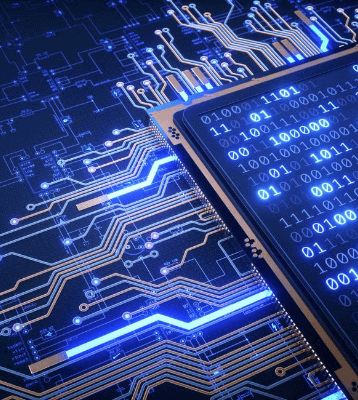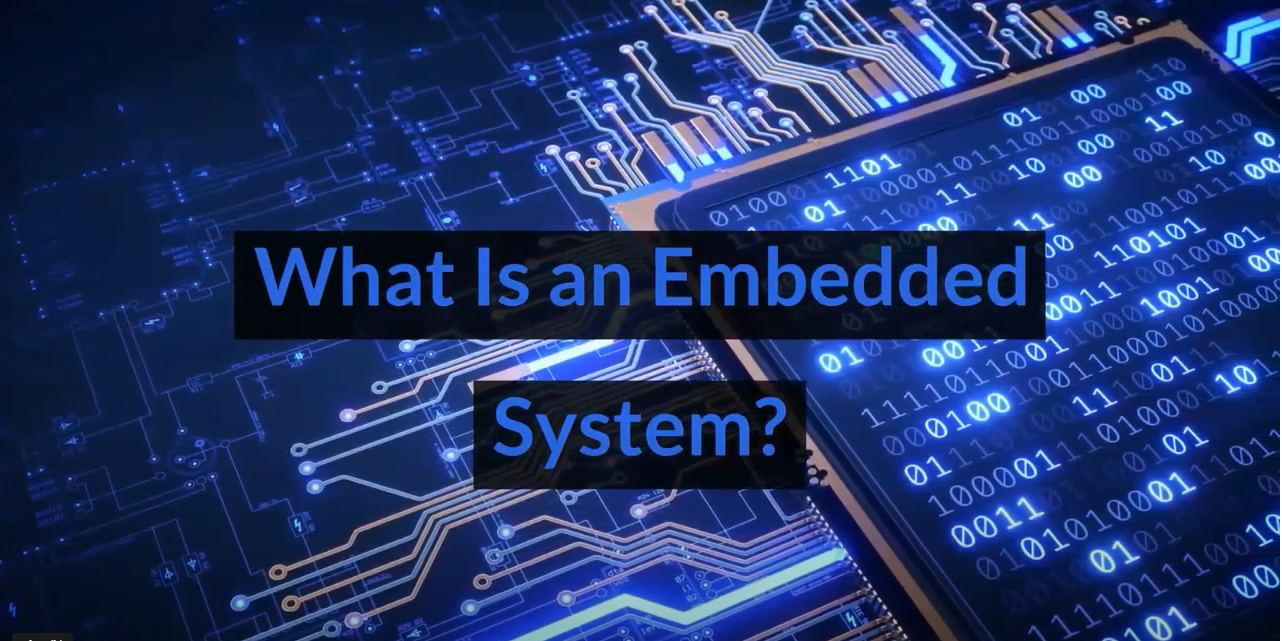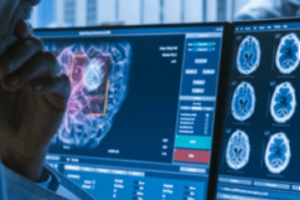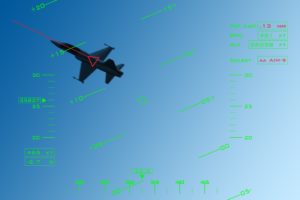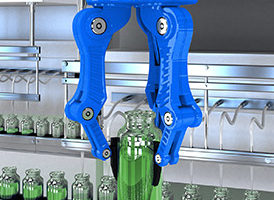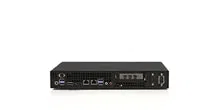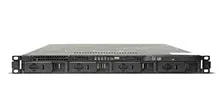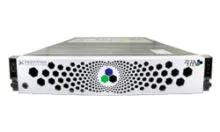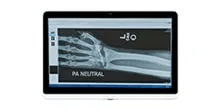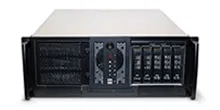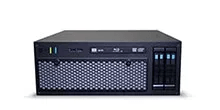Embedded Computing Systems 101
What Is an Embedded System?
It’s first important to understand that embedded computing means different things to different manufacturers. Typically, embedded computing systems are essential to the operation of electronic devices and systems across a wide range of industries. They consist of both computer hardware and software components, which combined are designed to perform a specific task within a larger mechanical or electrical system. Hence why they are referred to as “embedded”.
How Do Embedded Systems Work?
Embedded systems are task-specific, meaning they are built to perform one task rather than a variety of tasks. While the exact design of a particular embedded system depends on its intended task, it typically contains a processor, a power supply, and memory and communication ports. The communication ports transmit data between the processor and any peripheral devices, the processor interprets the data using the integrated software, and the power supply powers the assembly.
The components within an embedded system can be broken down into hardware and software components. Hardware components include the processor (either a microprocessor or microcontroller that processes digital signals and stores them in memory), sensors (to convert physical sense data into electrical signals), analog-to-digital converters (to convert analog electrical signals to digital signals), digital-to-analog converters (to convert digital data to analog data), and actuators (to compare actual output to memory-stored data to choose the right one). Software components vary in complexity depending on the embedded system. However, industrial-grade embedded systems can use simple software with little memory capacity.
Types of Embedded Systems
Embedded systems can be categorized based on function. Some of the basic types available include:
- Standalone embedded systems. These systems are designed to perform specialized tasks without belonging to a host system. Examples include calculators and MP3 players.
- Mobile embedded systems. These systems are designed for portability. Examples include digital cameras.
- Networked embedded systems. These systems are designed to connect to a network and provide output data to other systems. Examples include point-of-sale (POS) systems and home security systems.
- Real-time embedded systems. These systems are designed to provide output within a defined time interval. Examples include braking systems and traffic control systems.
They can also be categorized by performance requirements:
- Small-scale embedded systems. These systems typically use up to an 8-bit microcontroller.
- Medium-scale embedded systems. These systems use a 16-bit or 32-bit microcontroller. They can use one or multiple units depending on the complexity of the system.
- Sophisticated-scale embedded systems. These systems may use complex software and hardware components.
Benefits of Embedded Systems
There are many benefits to using embedded systems. For example, they are highly customizable and low cost, which makes it easy and affordable to tailor them to exact functional and performance requirements. They also have low power consumption, which helps reduce energy costs for the overall system.
Applications of Embedded Systems
Embedded computing systems are found in the electronic devices and systems of a variety of industries. For example:
- In the healthcare industry, they are used for diagnostic and imaging devices, patient monitoring systems, and surgical and treatment tools.
- In the life sciences industry, they are used for bioinformatics, proteomics, and genome sequencing devices and systems.
- In the military and defense industry, they are used for autonomous and unmanned vehicles, C4ISR systems, and training and simulation systems.
- In the industrial automation industry, they are used for various manufacturing systems.
Embedded Computing System Solutions at Dedicated Computing
Given the critical role they play in many electronic devices and systems, it is essential to ensure embedded systems are designed and built correctly for the given tasks. That’s why you should partner with an experienced embedded systems provider. They will have the knowledge and skills to design and build an embedded system that fully meets your specifications and standards.
At Dedicated Computing, we are an original design manufacturer (ODM) of proprietary, highly engineered computing systems for blue chip original equipment manufacturer (OEM) customers across the healthcare, life sciences, training & simulation, and industrial markets. We work closely with OEM clients to develop high-performance embedded systems optimized for their computational and performance requirements. They trust us to deliver products with reliable and long-lasting performance.

